| | These low- to mid-70s temperatures for weeks on end - with nary an afternoon break with sun - are continuing perfect transplanting weather, but I’m waiting momentarily for that sudden shift to “real” late spring and early summer temperatures closer to the mid- to high-80s and brilliantly blasting sun. In the meantime, I’m putting in another couple of tomatoes that will extend my eating season beyond the end of August, if last year’s yield timing will be the guide for this year. And I’m planting another batch of beans and squash. I’m even buying a packet of Wando peas to plant since it’s heat-tolerant and I’m already missing this year’s scrumptious harvest. With previous hot summers starting much earlier, with a week of over 100 degrees in early May, I’d pretty much given up planting another batch of anything after mid-May just because I didn’t want to pay for the water it’d take to get newly-planted plants to survive – much less thrive – through the summer heat. But this year, this extenuated coolness is shifting my perspective, so I’m trying again. You never know what the weather’s going to do, so I decided I might as well try something. Of course, this may be precisely the reason that the weather will suddently turn into summer with a vengeance. Ah, well. As gardeners, we just have to do whatever we can whenever we can, and suffer or succeed with the consequences. Here’re some other things I’m doing in the garden now that may also be good for you to consider: Plant the Last Corn Later plantings will probably have smut problems (those big, gray and black puffs of fungus in place of kernels) when harvested in September. Of course, during our Master Gardener program, I learned that many of our Hispanic community gardeners relished this fungus as “huitlacoche” and actually inoculated their corn with it. Yay for different cultures sharing their culinary treasures and enabling us to redefine “good” and “bad”! Feed Blossoming Plants Tomatoes, peppers, squashes and eggplants need this extra nutrition now to continue growing foliage and also blossom, set fruit, and mature the fruit. Keep Tomato Foliage Corralled Pushing tomato foliage back into the rungs of their cages accomplishes two things – keeping the vigorous foliage corralled and growing upright instead of sprawling, and also pollinating blossoms by your inadvertently flicking each bloom as you tuck in the foliage. This is best done just prior to watering the plant, since the stems are more pliable and less likely to break as you tuck them in. For this hand-pollinating, big plants can be taken care of with one or two shakes while holding onto their cages or stakes. The pollen is naturally sticky, and this helps spread it. Harvest Celery Stalk By Stalk Instead of pulling up the entire plant, harvest celery from the outside, and only the number of stalks you need. I usually remove all the stalks except the innermost four or five that are very pale green. I love growing celery because I use all the foliage – more than half the plant – in soups and stews and salads. Keep Veggies Harvested At Least Every Other Day Vegetables that aren't harvested soon enough will produce a chemical that inhibits further blossoming. Check plants at least every other day during the summer. This is especially true for beans, cucumbers, eggplants, squashes, and tomatoes. Don’t Refrigerate Tomatoes But if you must, then pick them early in the day, when they’re still cool from overnight and are less sensitive to chilling injury – that disappointingly flavorless mushyiness. Thin Fruit Trees Ruthlessly
Put Netting On Fruit Trees Discourage birds and squirrels from visiting your trees by putting netting on individual fruiting branches two or three weeks before the fruit begins to ripen. Otherwise, you know that they’ll decide the fruit's ripe the very day before you do, so they get them first! Tie loose ends of the netting so birds don't get trapped inside. For more of what to do in the coming month, see June's monthly tips. |
|
0 Comments
|
Categories |

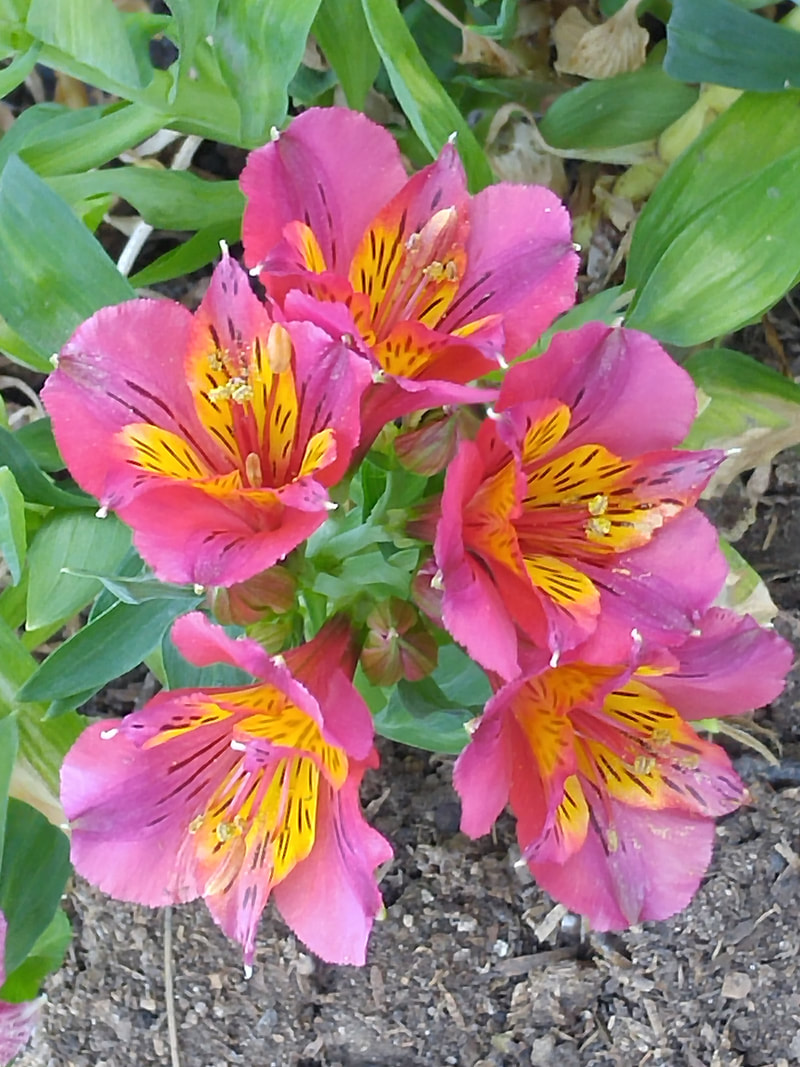
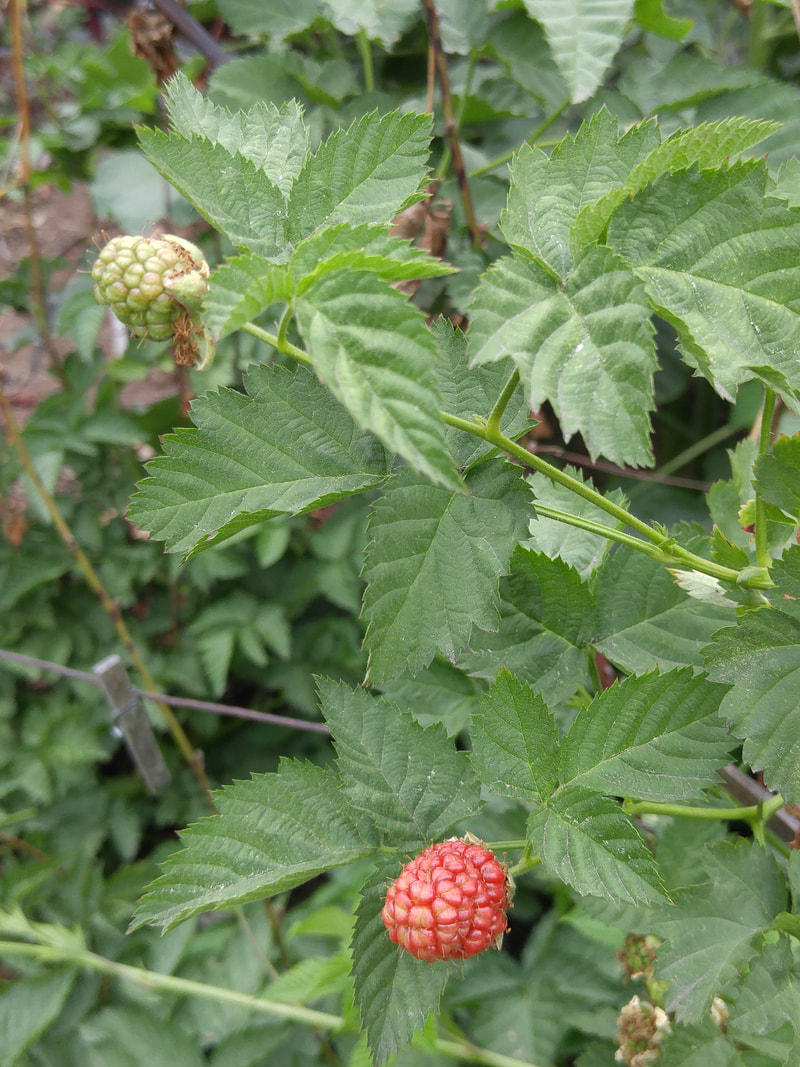
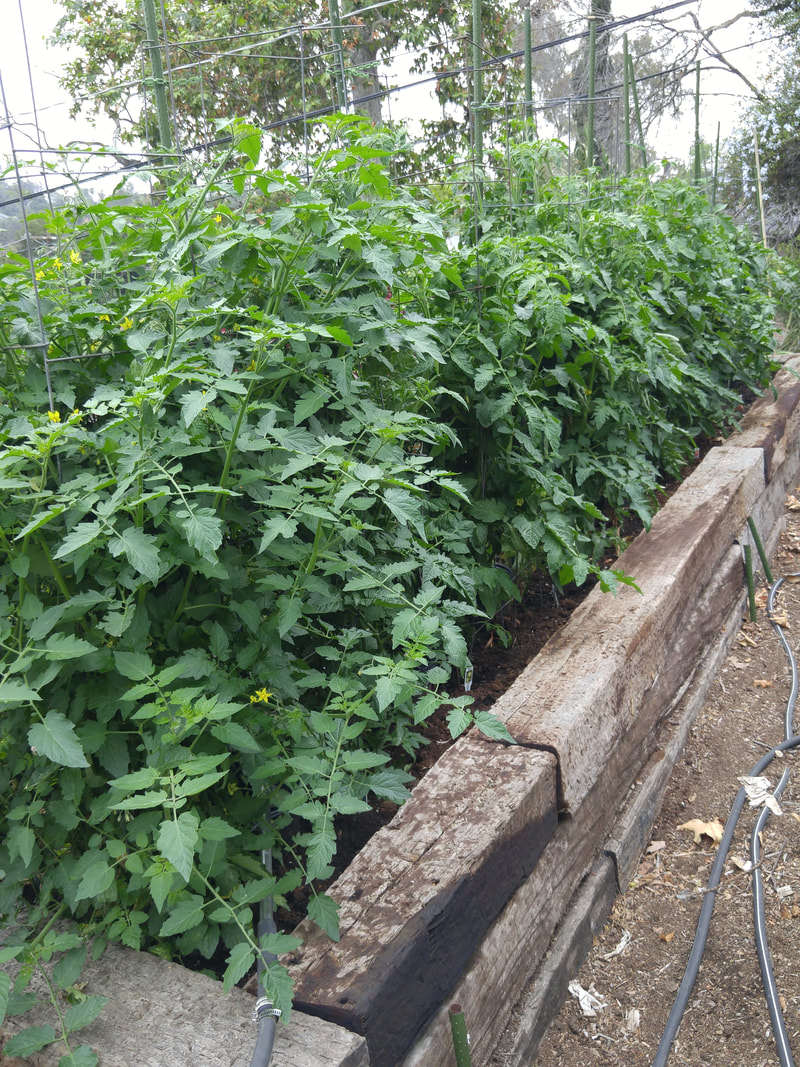
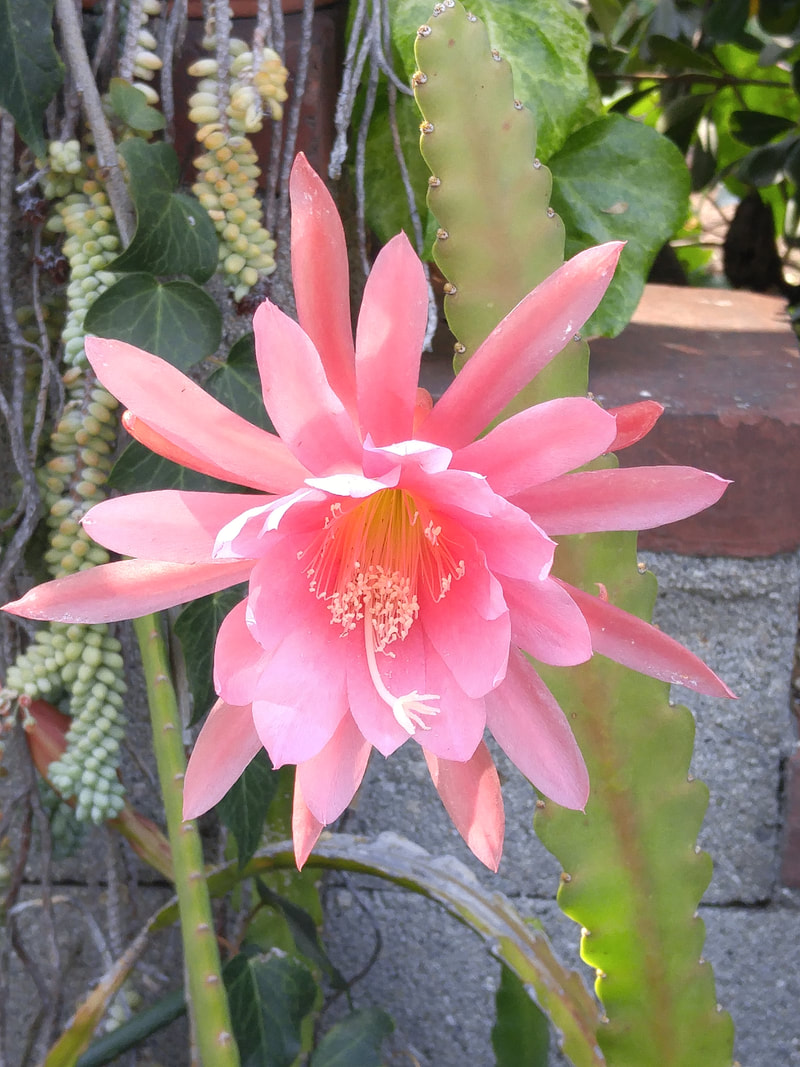

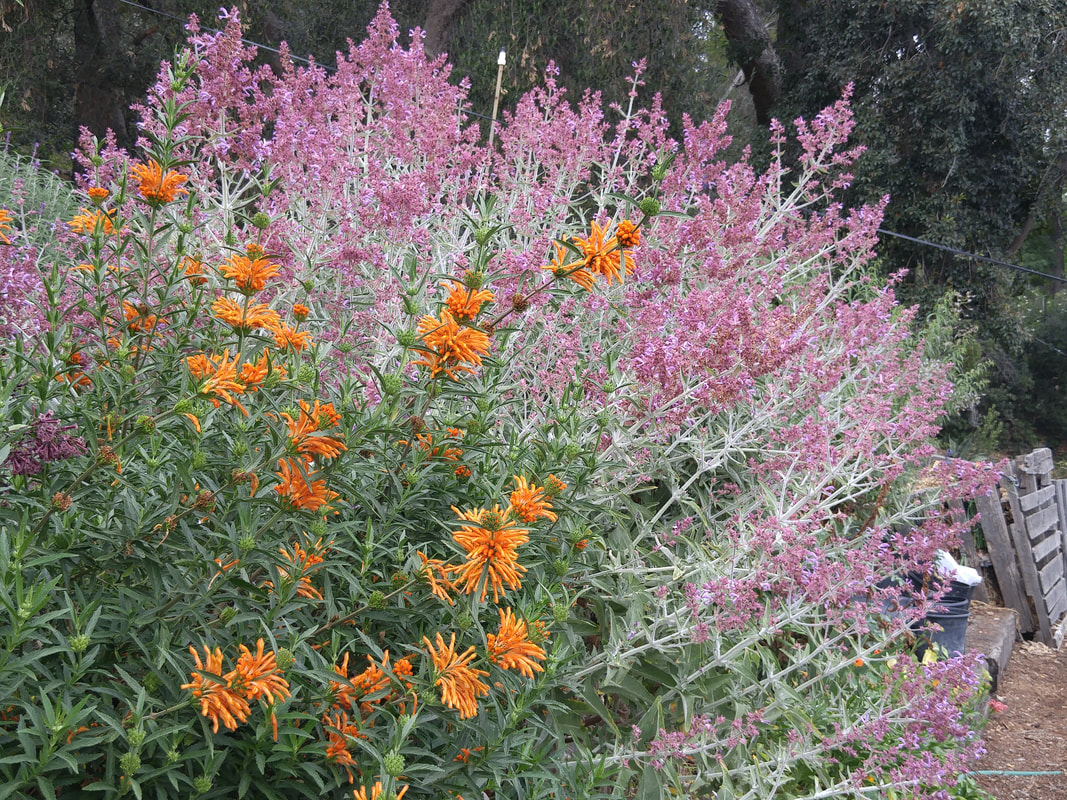
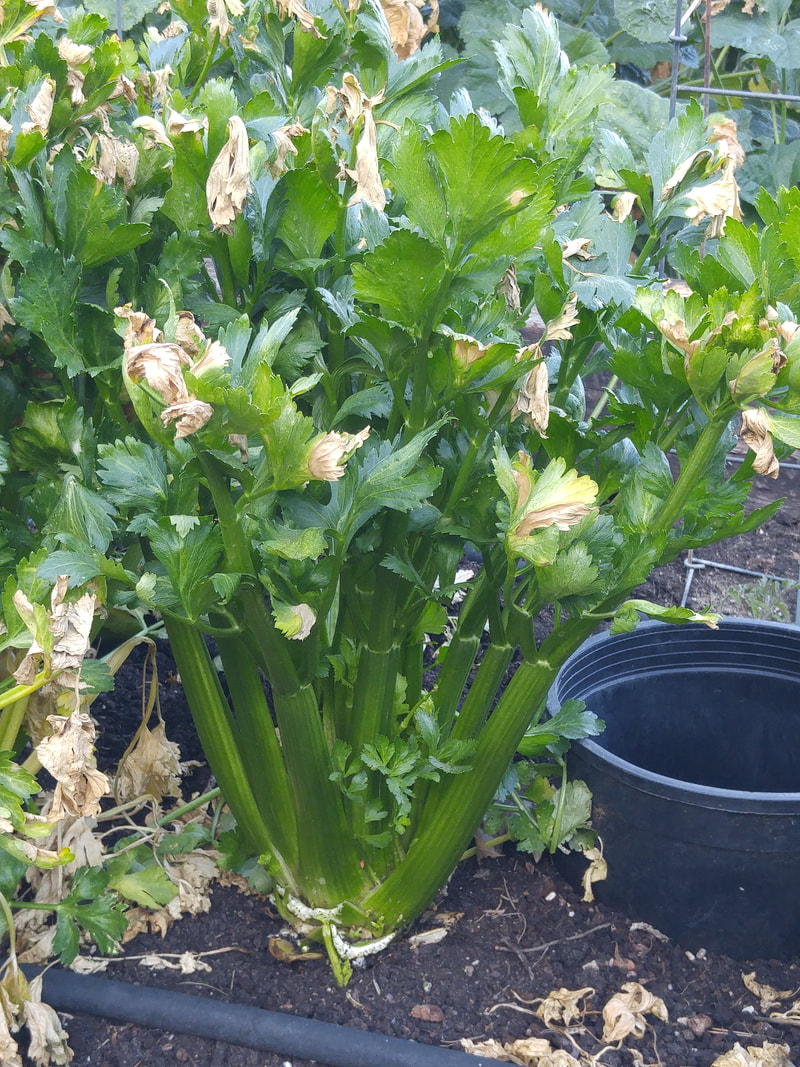
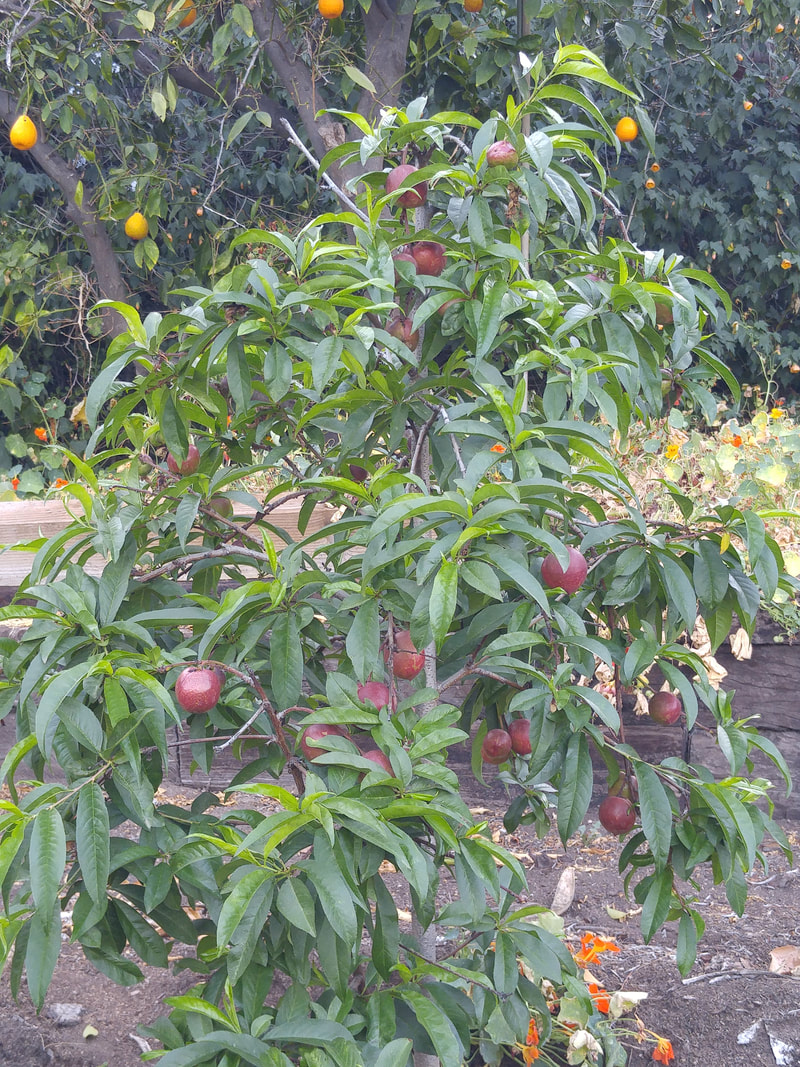
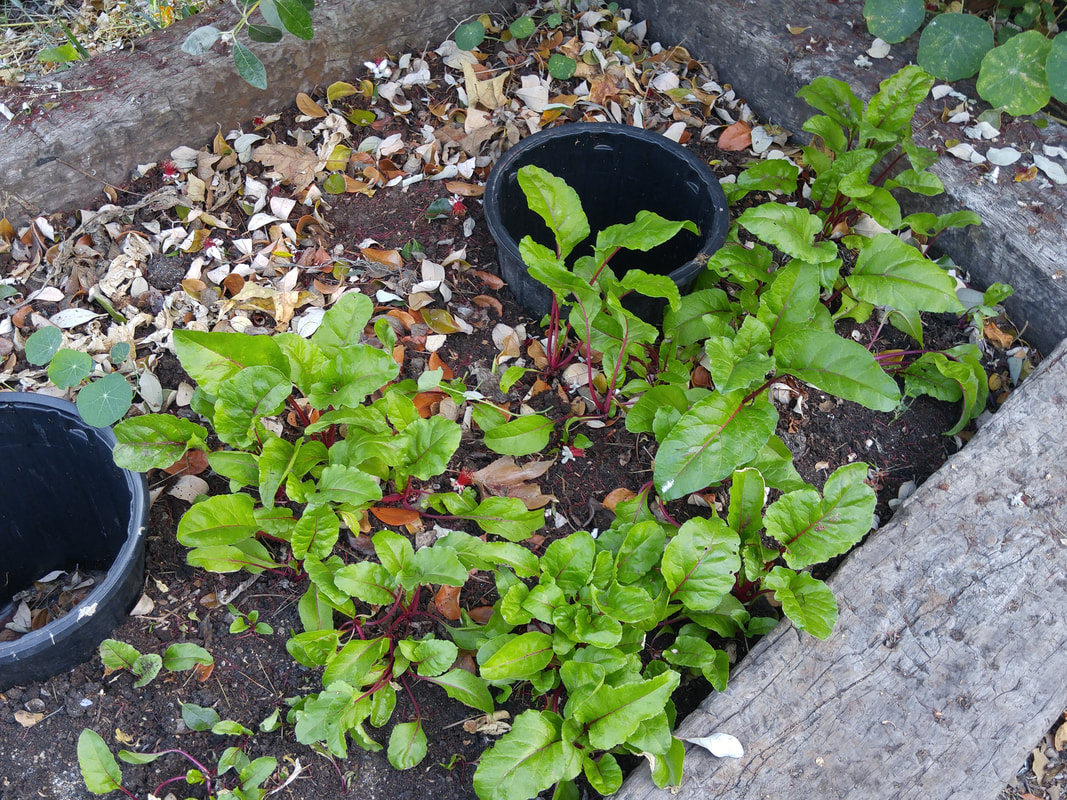

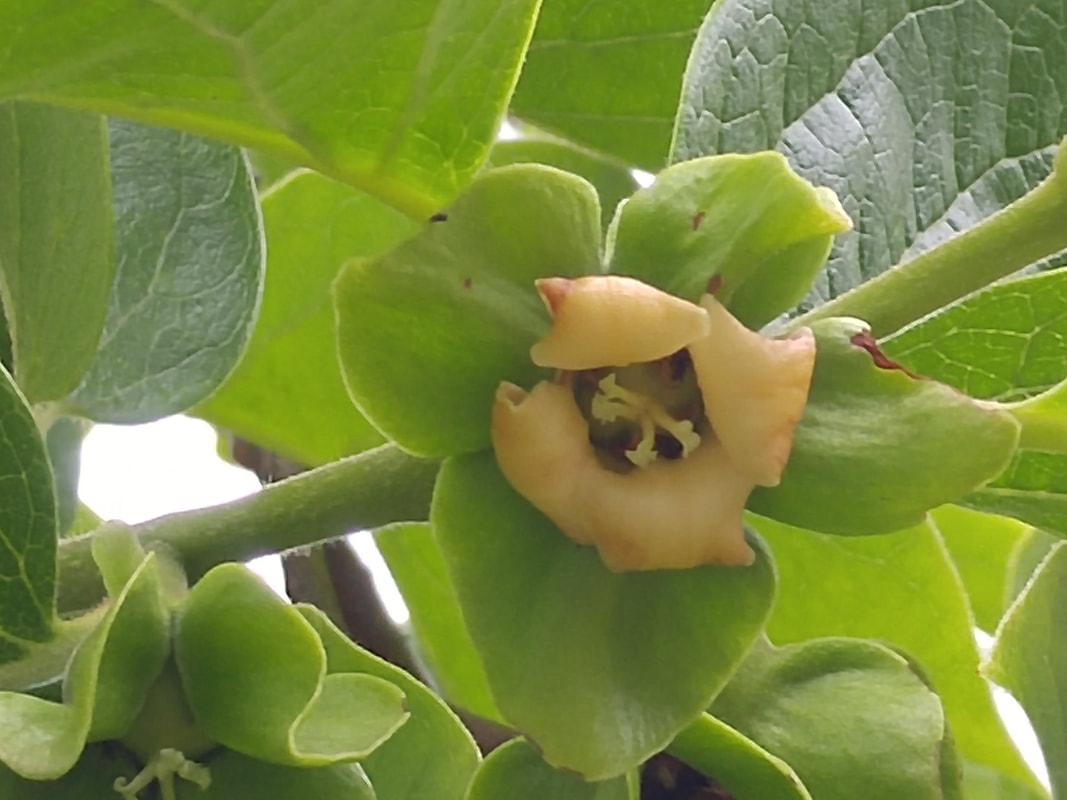
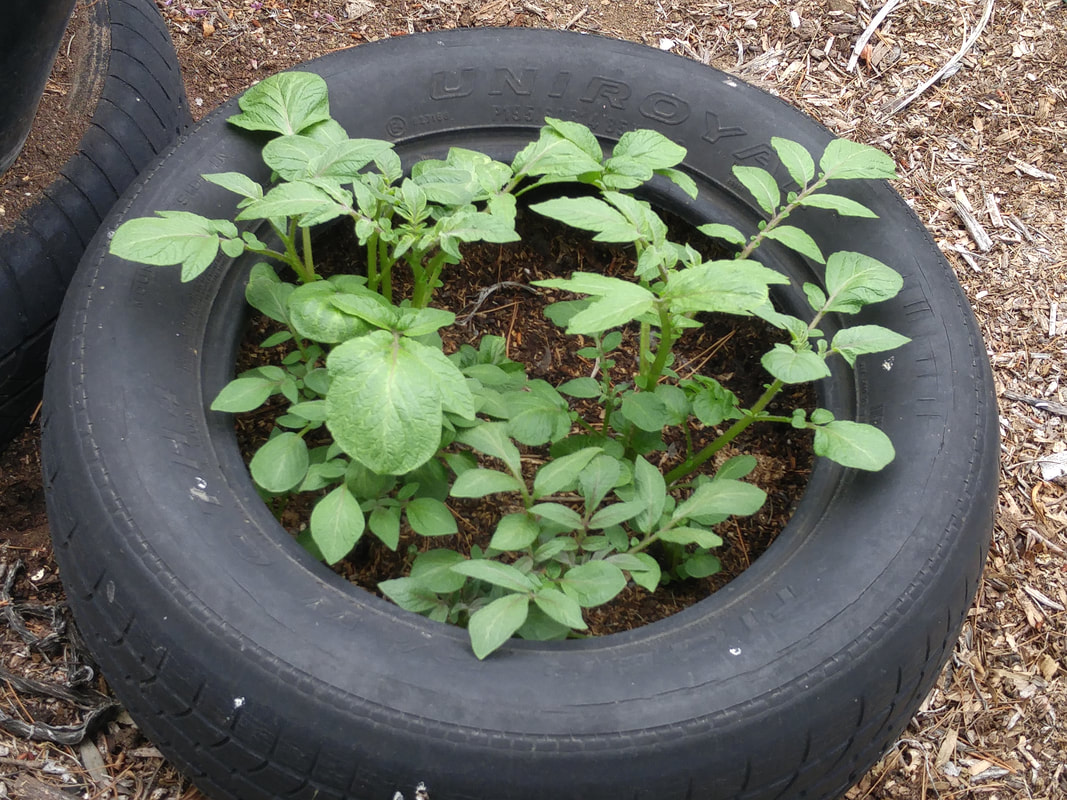
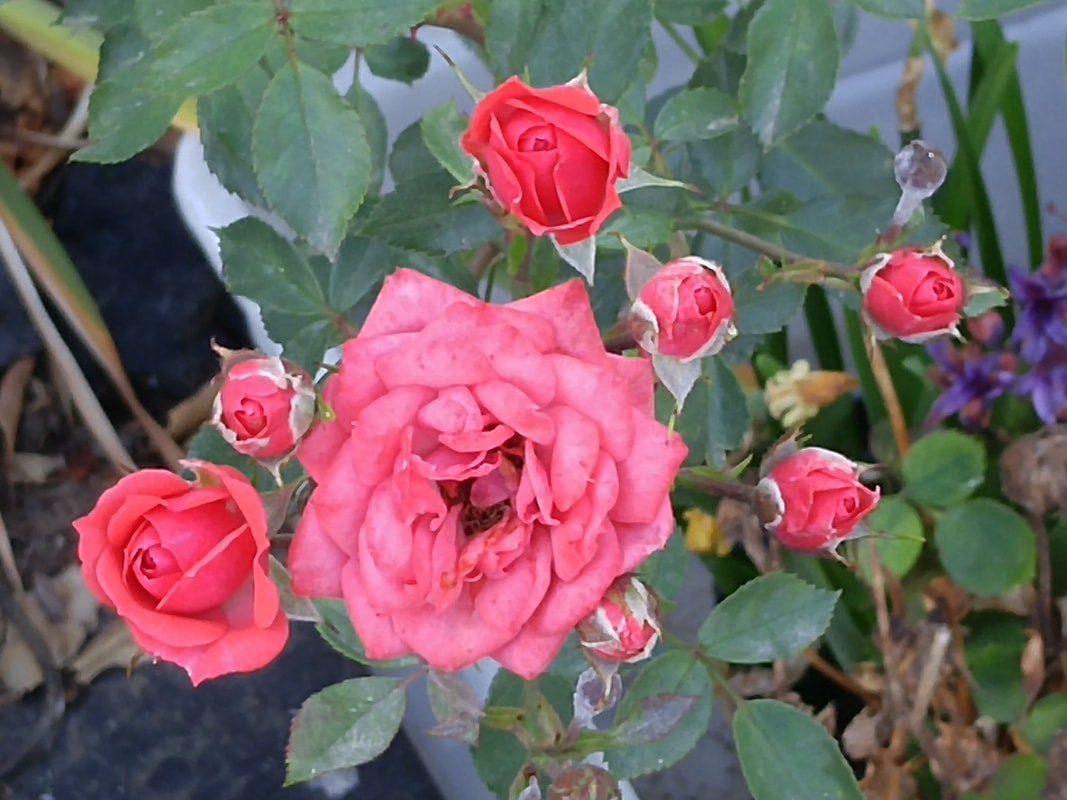
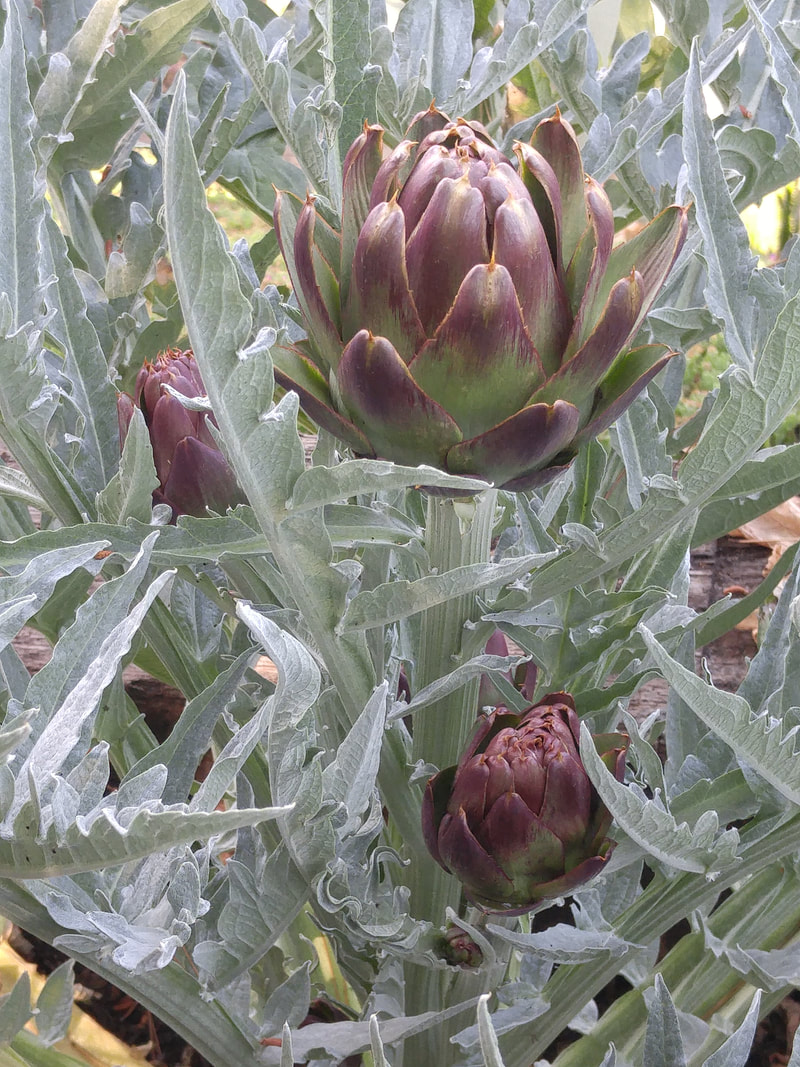

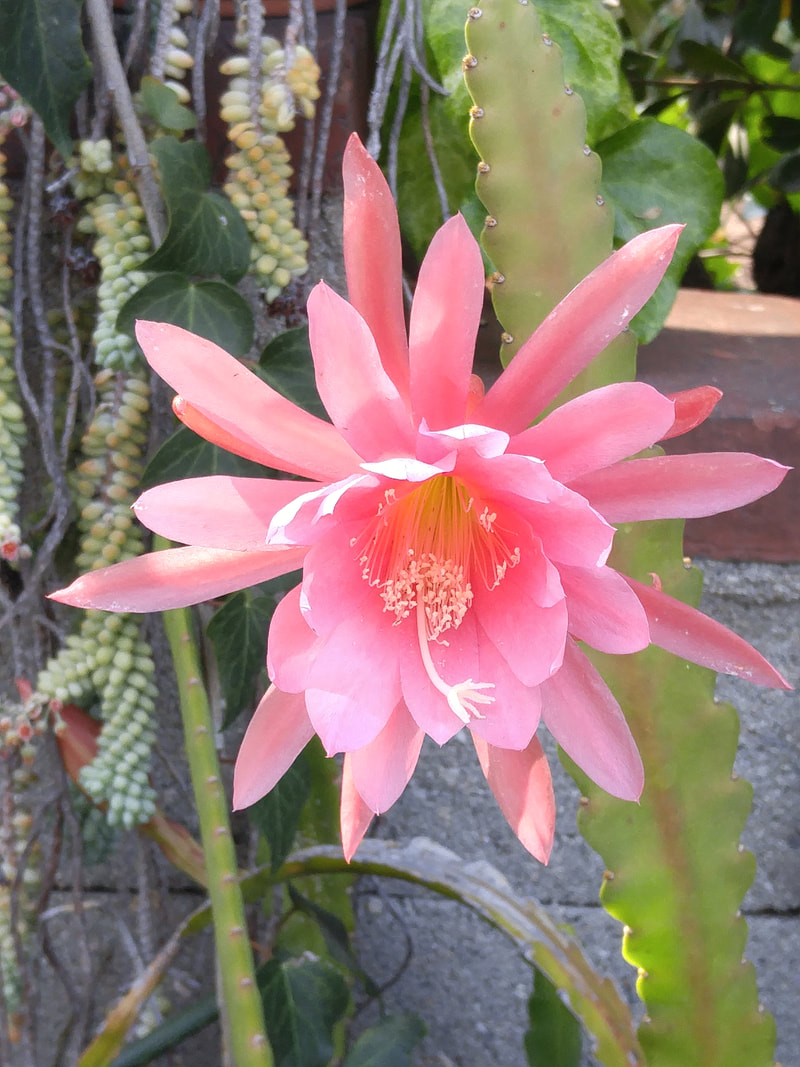
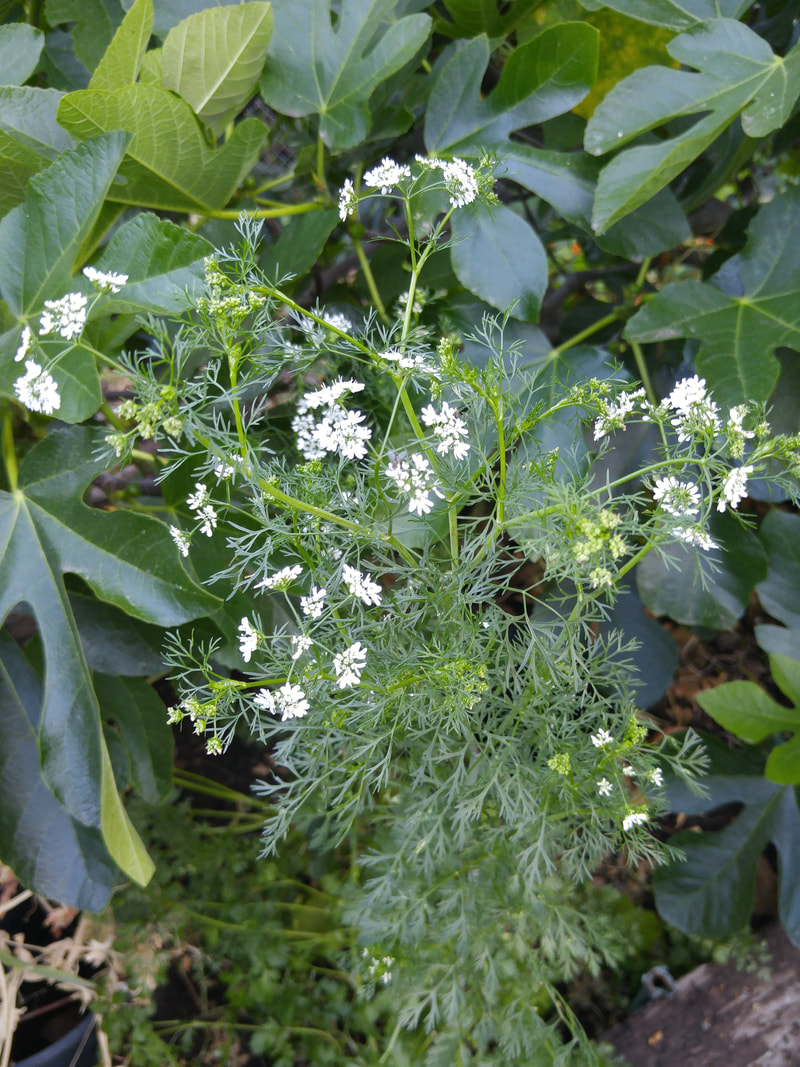
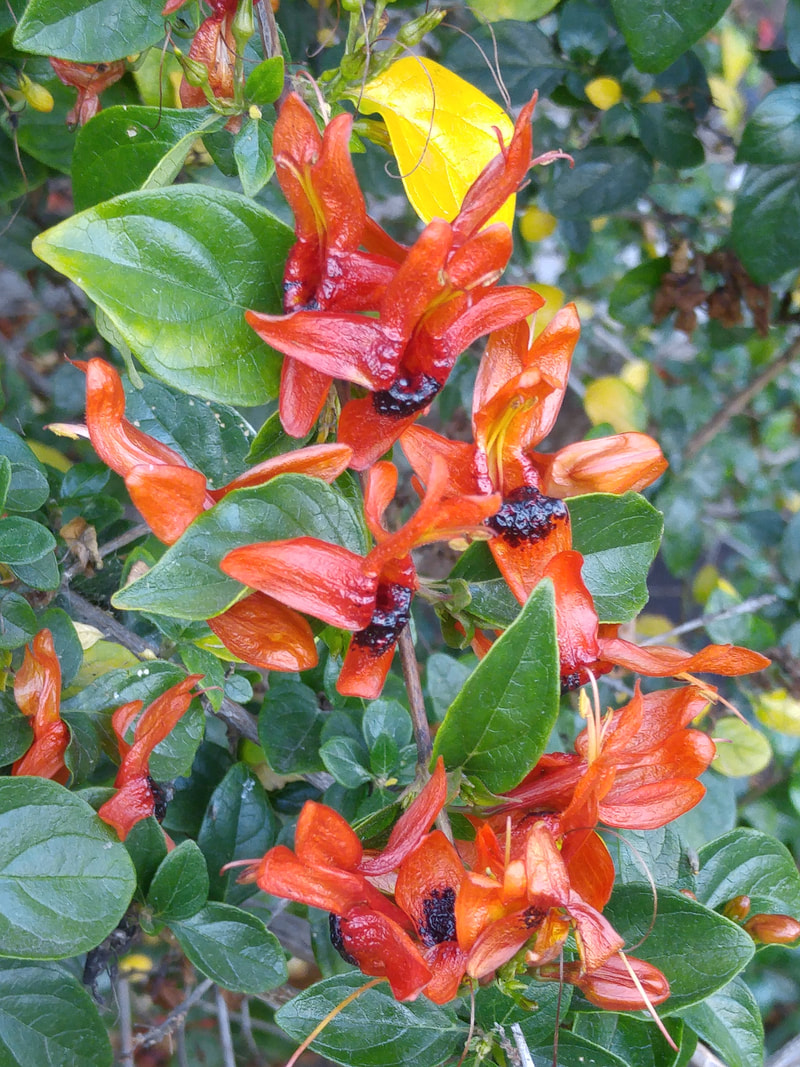
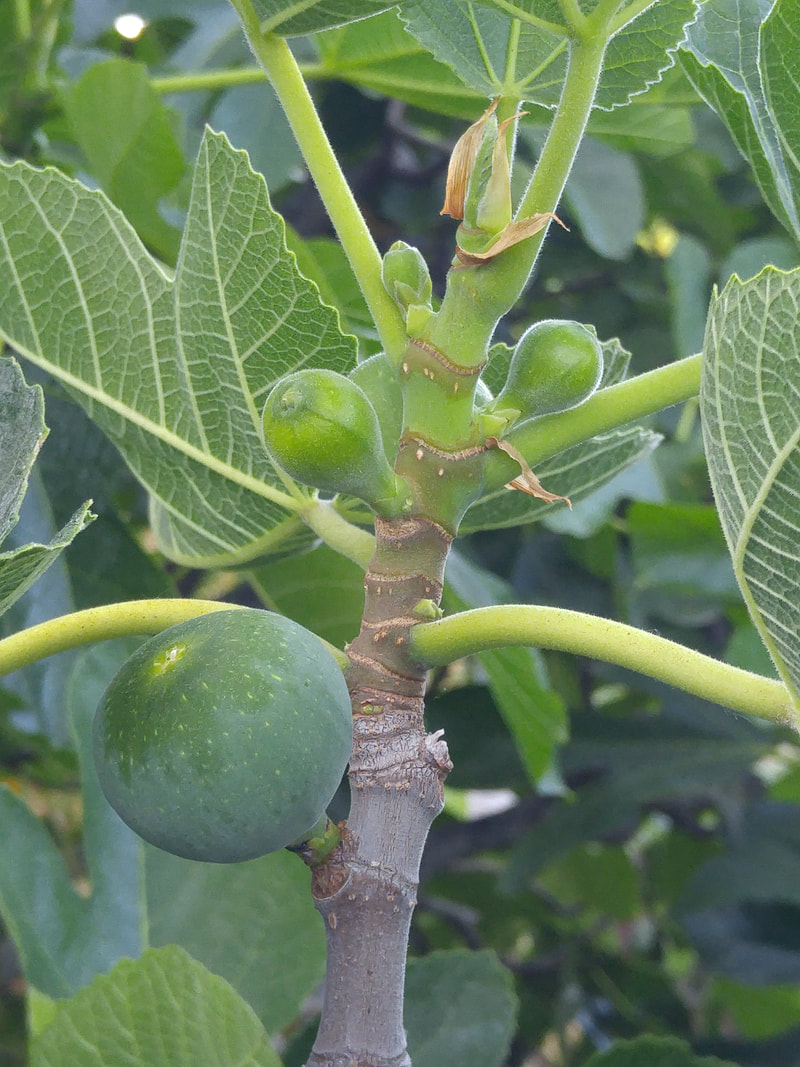
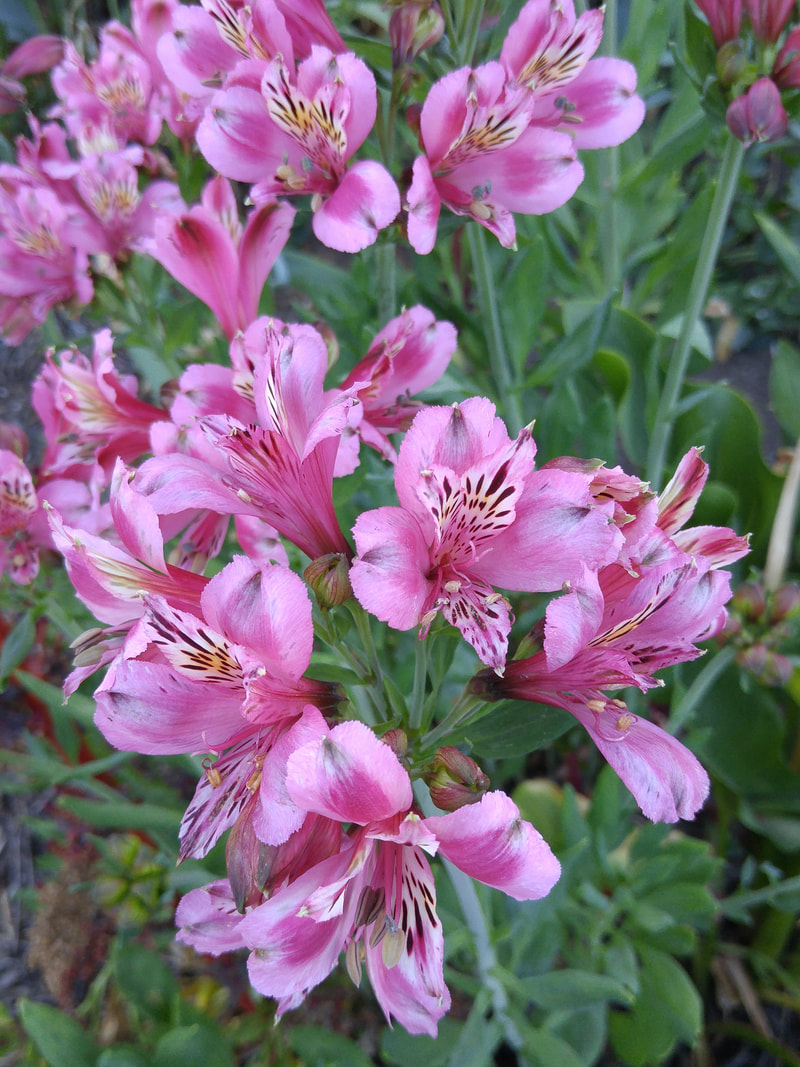
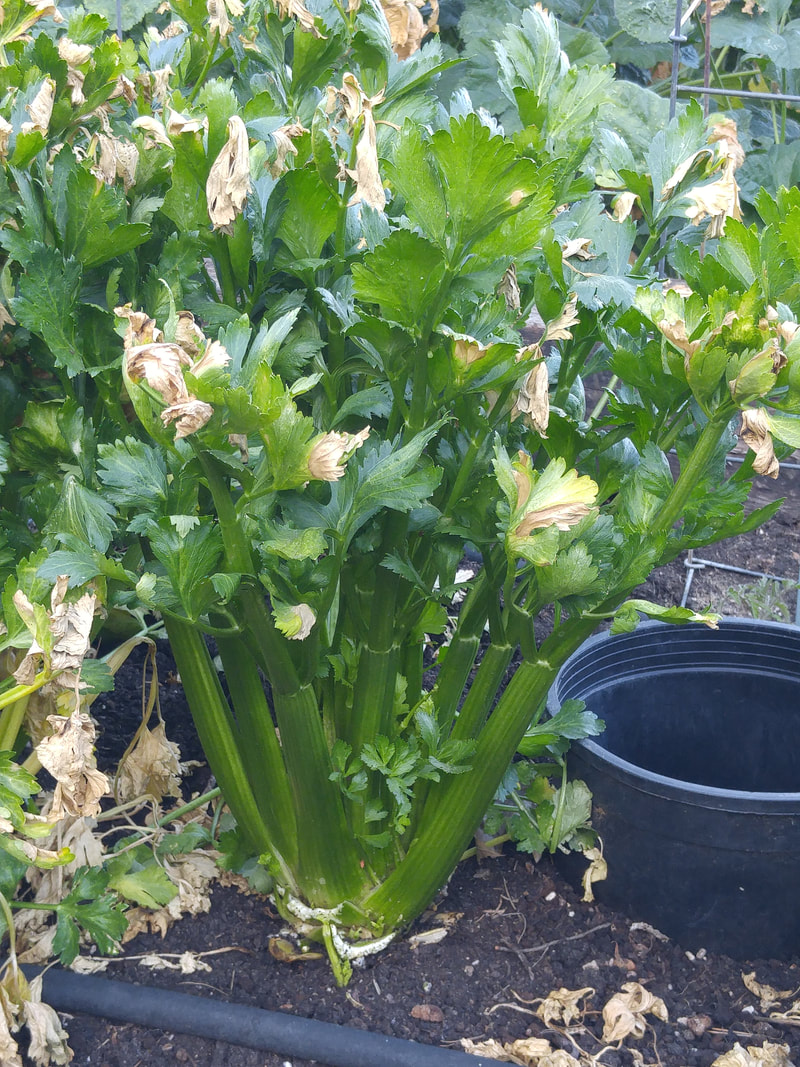
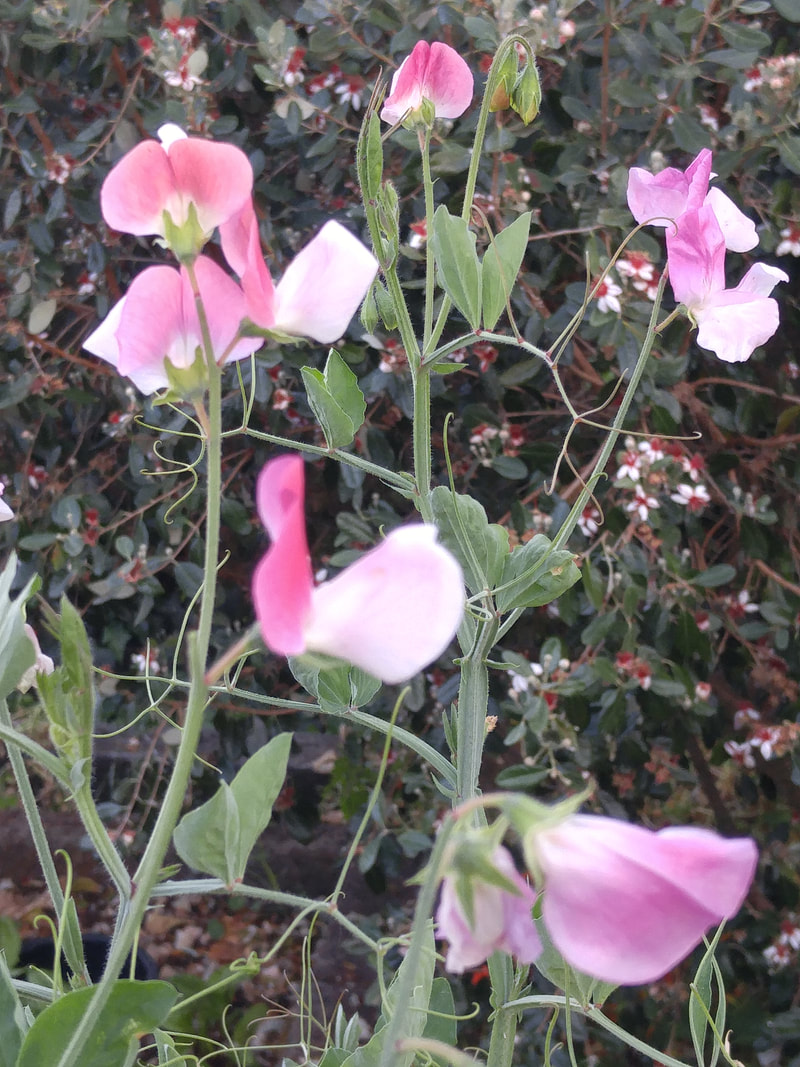
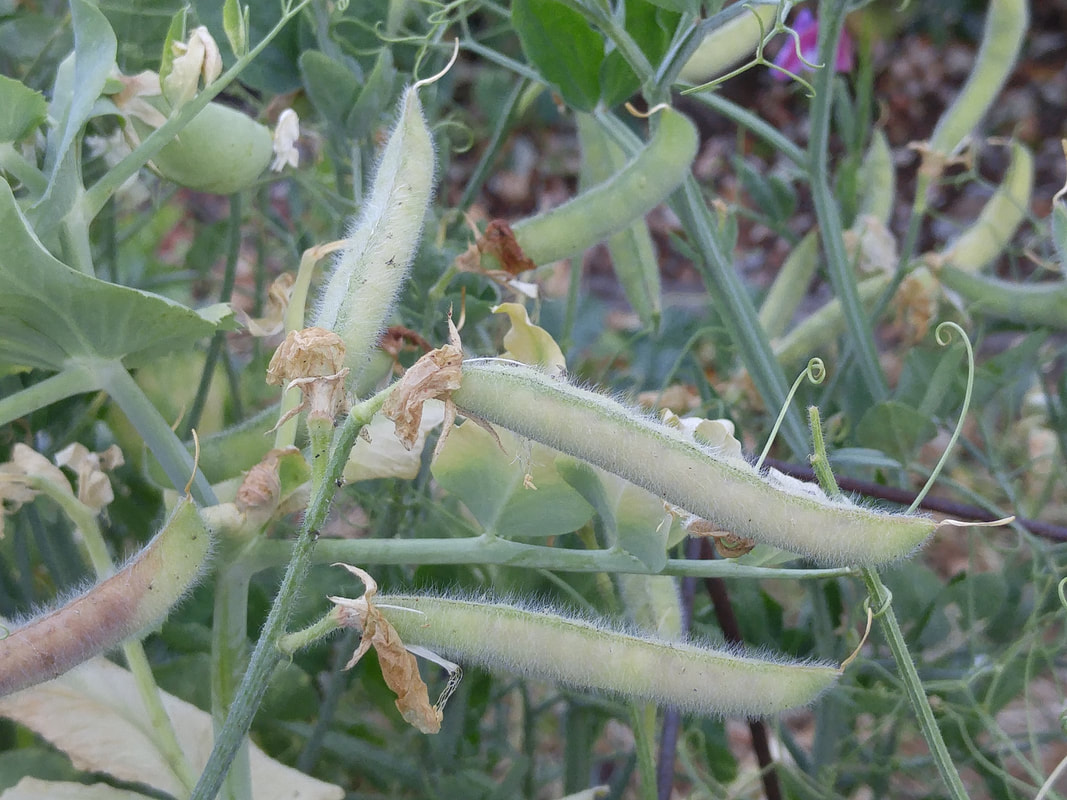
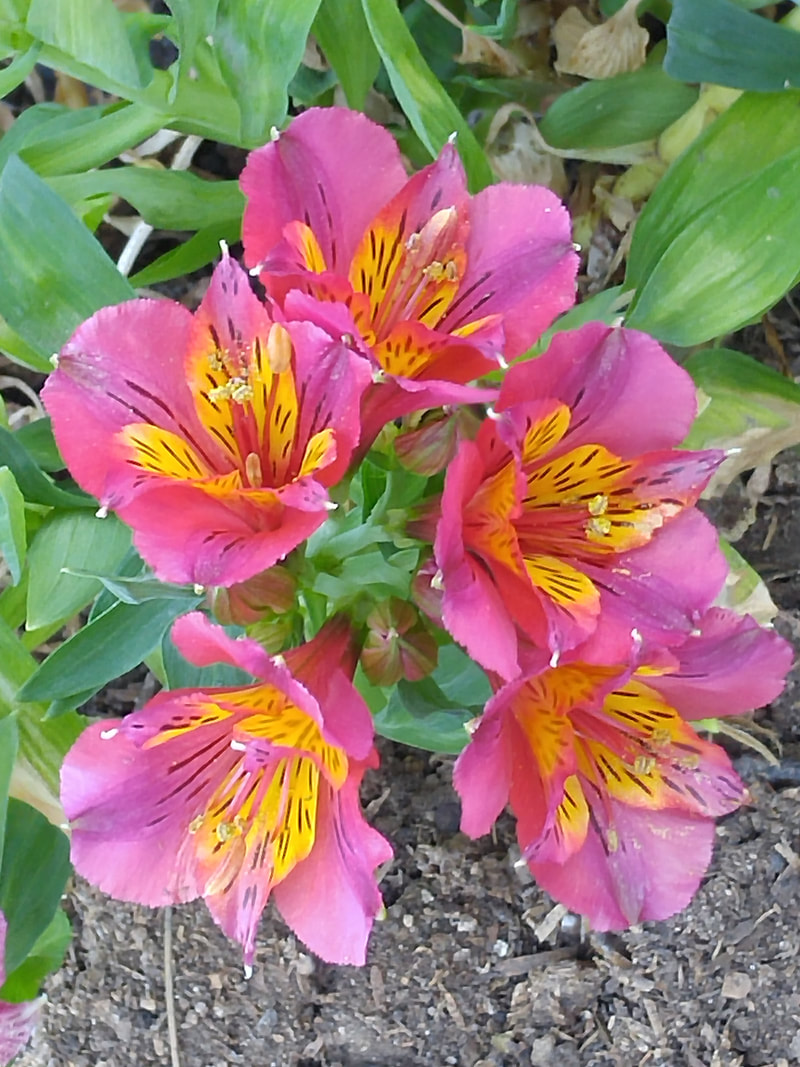

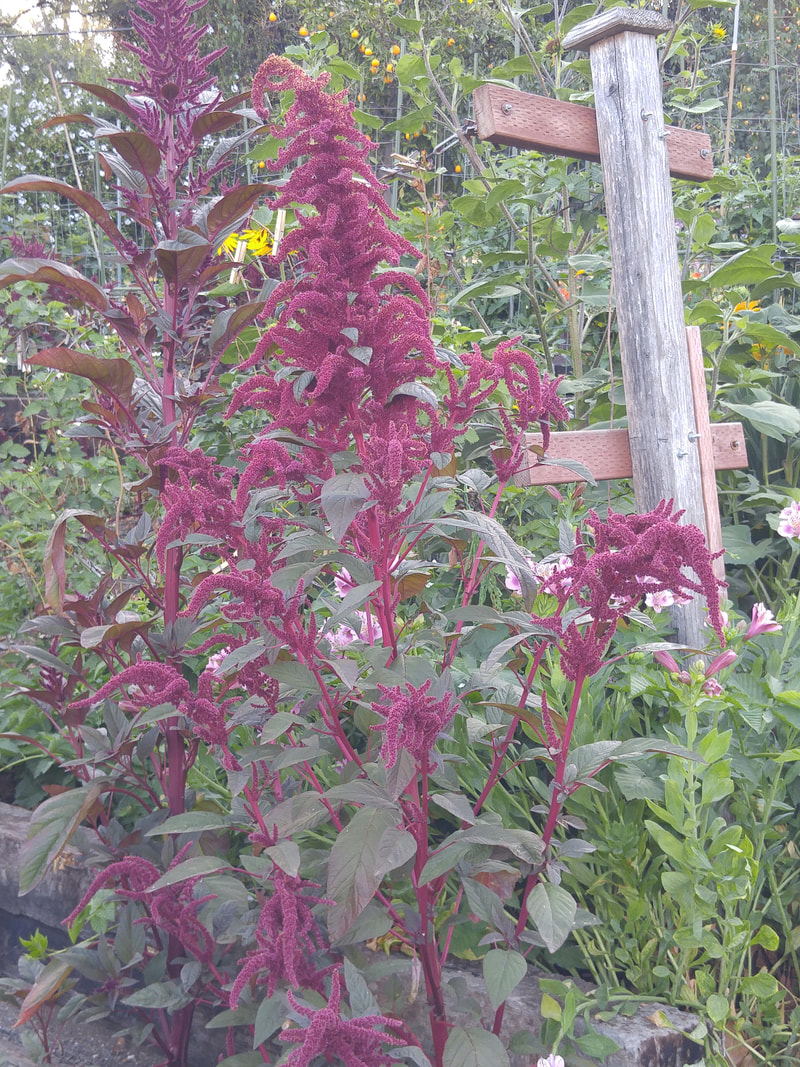
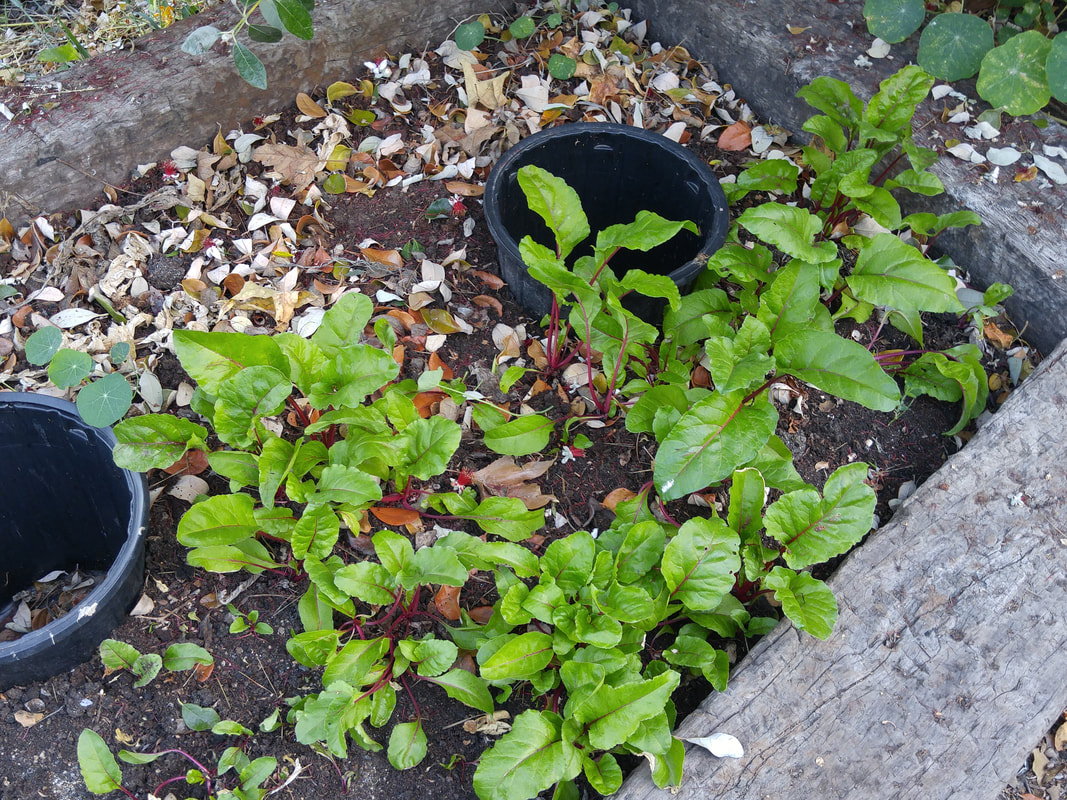
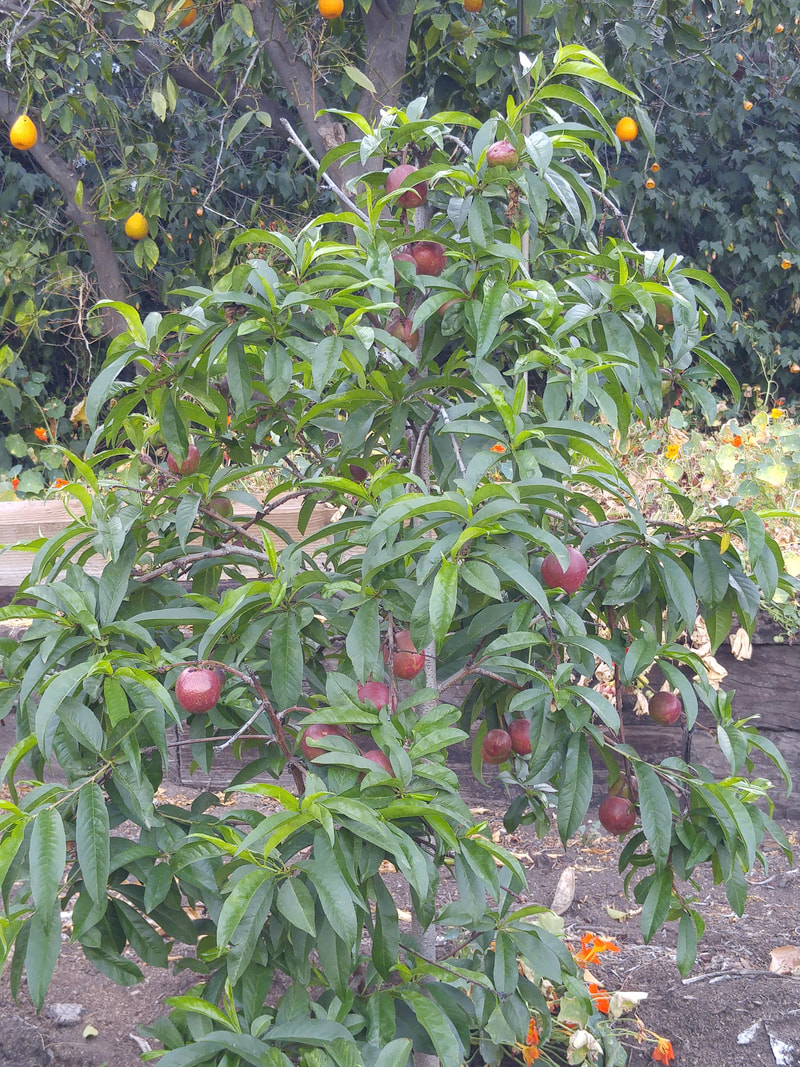
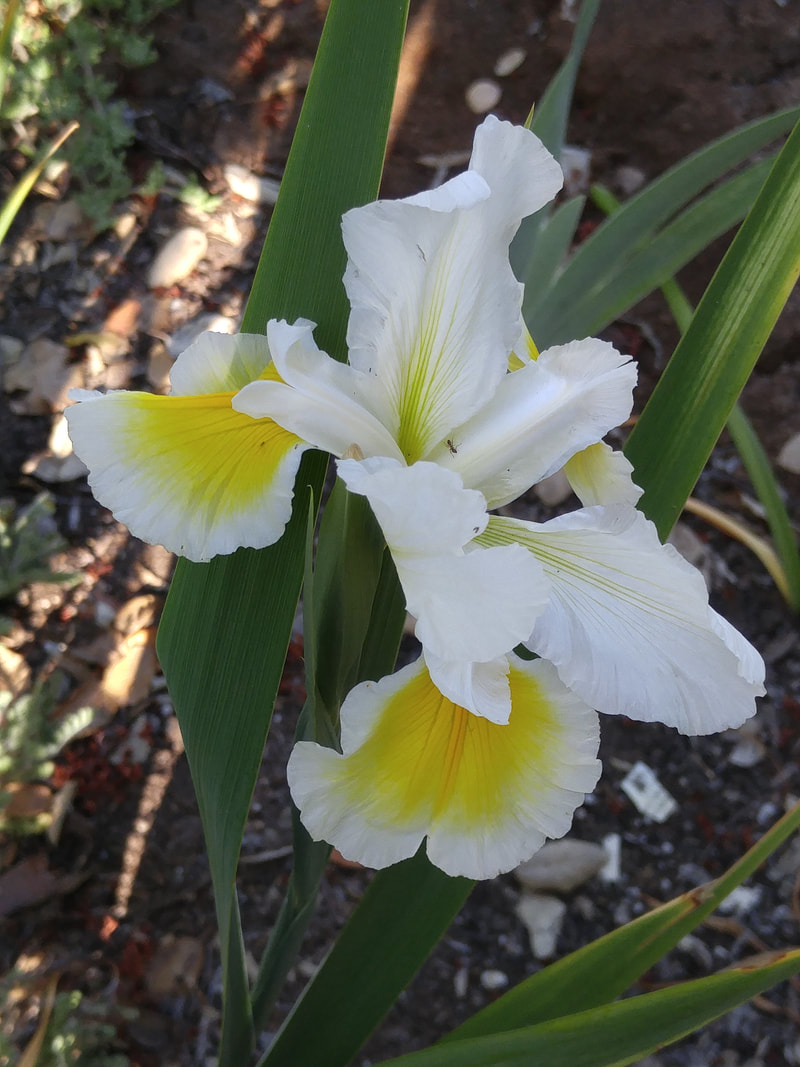
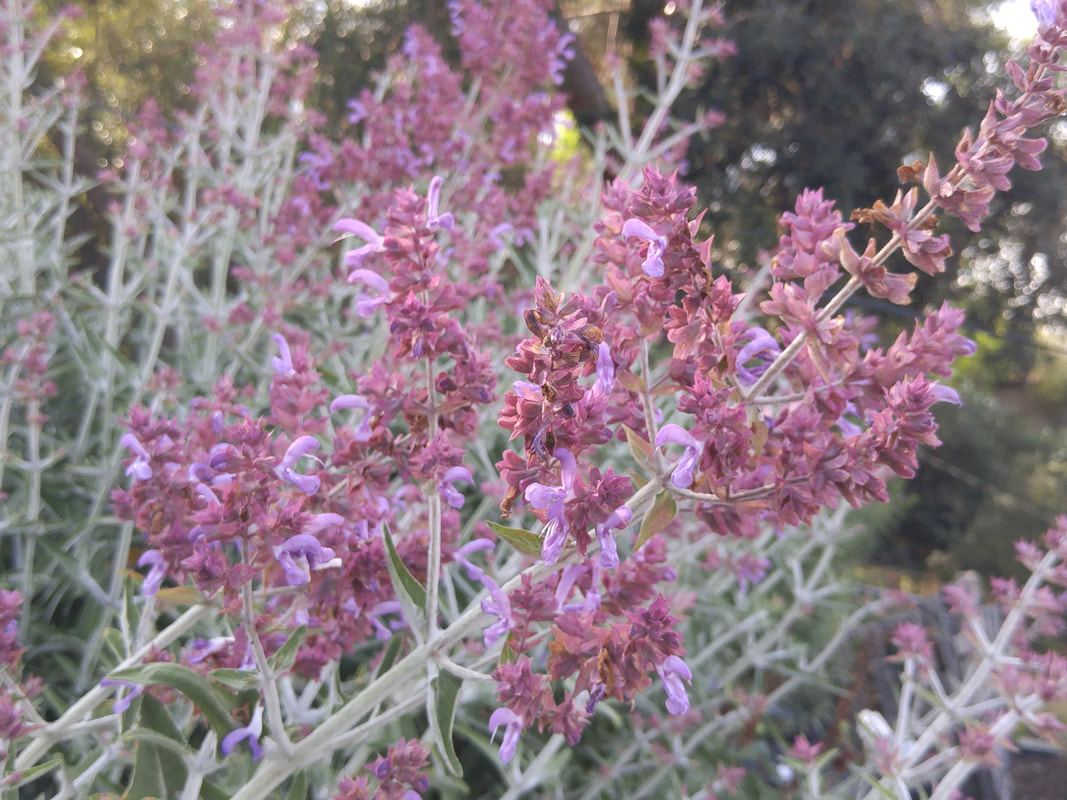
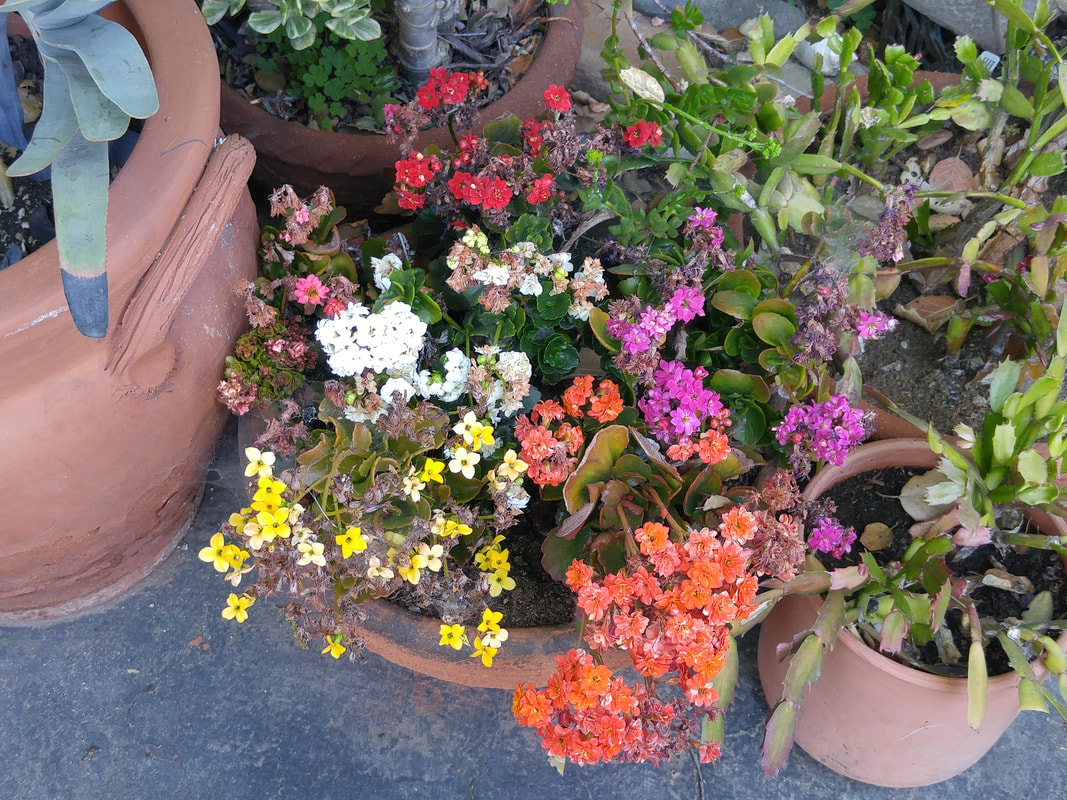
 RSS Feed
RSS Feed